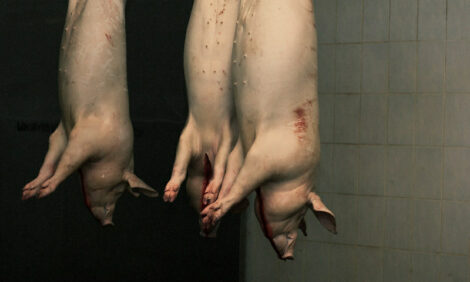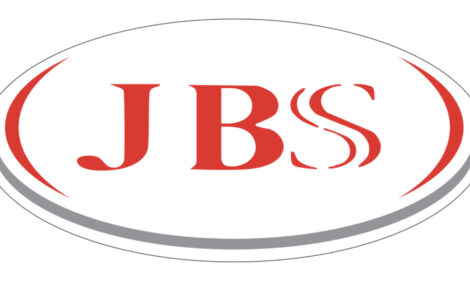



National Animal Premises ID System Forecast For Late Summer
US - A national system for identifying premises where livestock are managed or held - such as ranches, feedlots, sales barns and packing plants - could be in place by late summer, Neil Hammerschmidt, animal ID coordinator for USDA's APHIS, told the Animal Agriculture Alliance stakeholders summit in Arlington, Va. last week.
|
Hammerschmidt said USDA plans to institute premises identification on a voluntary basis at first and then make it a requirement. He acknowledged that the Bush administration has budgeted no funds for animal ID in the current fiscal year but hopes to obtain $33 million from the Commodity Credit Corporation.
According to Food Chemical News, Hammerschmidt added that USDA wants to identify third parties that can help implement the animal ID system. "We look forward to a government-industry partnership," he said.
Repeating assurances voiced by USDA Under Secretary Bill Hawks earlier this month, Hammerschmidt said a national animal identification system should:
- Be flexible enough to accommodate existing animal ID systems
- Be technology neutral, so that a variety of old and new identification devices can be used
- Build on the "excellent data standard" developed by the public-private U.S. Animal Identification Plan (USAIP)
- Allow producers to incorporate market incentives for participation
- Avoid unduly increasing the role and size of government.
The APHIS official said the national system would build on past ID knowledge and activities augmented with insights gained from pilot projects. "The USAIP is not a USDA program," he said. "It is being evaluated as a recommendation from industry. [The goal of] 48-hour traceback sounds simple, but it's fairly complicated."
Hammerschmidt said USDA's tracking priorities for the system include point-of-origin ID; interstate movement of animals; termination (usually at slaughter plants); movement to markets/assembly points/feedlots; and finally intrastate movements of animals.
Asked how the forthcoming animal identification system could be integrated with country-of-origin labeling (COOL), the APHIS official said this was "a popular question." He replied that developers of the USAIP wanted to keep the focus on animal health and avoid political debate. "When the infrastructure is there, there may be other opportunities," he said. "To avoid delay, we kept our main focus on animal health."
Hammerschmidt was asked whether an animal that never left the ranch where it was born would need to be identified. He acknowledged that such cases were possible but exceptional. Even a trip to a cattle show would require tagging, he said, noting that the USAIP provides for third party "tagging sites" to assist producers not yet comfortable with tagging their own animals.
A European Commission official in the audience stressed the frequency of animal movements, as often as five times per week in some cases. "It's not an easy task," he said, reporting that the commission would likely request a global positioning system to track animals as part of EU legislation. "It costs less than individual ID of pigs and sheep," he said.
Paul Cheek, president of Global Technology Resources, described identity preservation and traceability as tools for global commerce and bioterrorism prevention. "People on the other side of the world are forcing us to make changes," he said, citing current bans on U.S. exports of beef and poultry. "We need to adhere to these changing demands."
Cheek said it is now necessary to develop technology to certify claims regarding production practices. "We can track food items forward and back around the globe within 10 minutes," he said.
Asked about tracing individual animals, Cheek said his firm uses identifiers already in the marketplace, such as brands, tattoos and ear tags. However, "a national ID program is definitely the way to go," he added.
According to Food Chemical News, members of the USAIP steering committee visited Washington last week to brief House and Senate Agriculture and Appropriations Committee staffers on the framework for a national animal ID plan.
Source: National Pork Producers Council (NPPC) - 30th March 2004











